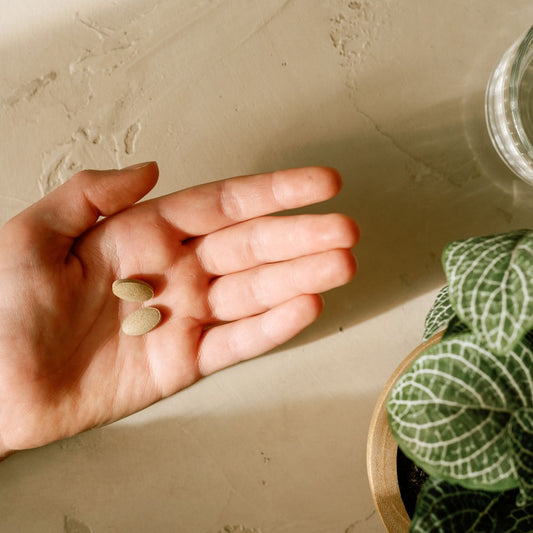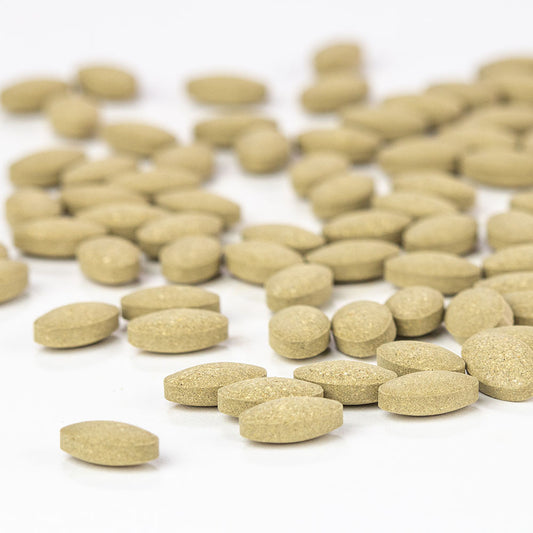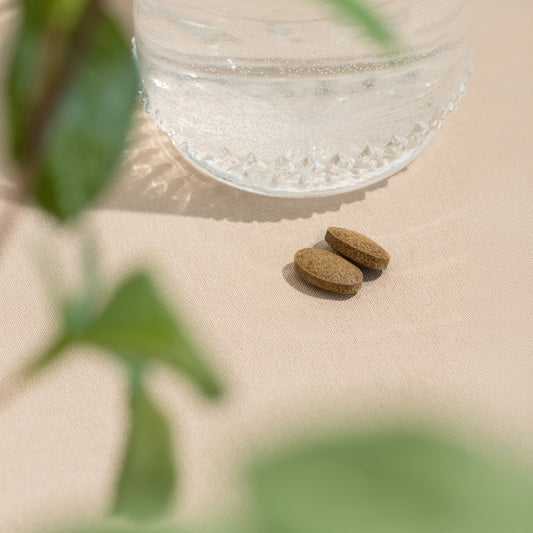
Sheetali Pranayama, also known as Cooling Breath, is a breathing practice that very effectively cools the body, the mind, and the emotions. Sheetali comes from the Sanskrit root sheet, which means “cold” or “frigid.”1 Sheetal translates roughly as 'that which is calm, passionless, and soothing'.1
Sheetali pranayama calms and soothes the mind-body organism by activating a powerful evaporative cooling mechanism on the inhalation, delivering a gently cooling energy to the deep tissues of the body. Remarkably, this pranayama also enkindles the digestive fire—just as a live coal covered in ash might begin to glow under the influence of a cold wind.2
The practice of sheetali pranayama can be indispensible in cases of hot weather, intense physical exertion, prolonged exposure to direct sunlight, hot flashes, heated emotional situations, and other heat-inducing circumstances. This practice is very balancing for pitta and is neutral toward vata and kapha.2
Nevertheless, sheetali pranayama should be practiced with care if there is an internal excess of the cold quality, or if the season is especially cold. In these cases, it is important to determine whether sheetali is really the right pranayama to be practicing. If it is, consider balancing sheetali with a more heating pranayama, like bhastrika.
Benefits
- Balances excess pitta
- Cools the body and clears excess heat
- Kindles the digestive fire and promotes optimal digestion
- Mitigates hyper acidity in the digestive tract
- Soothes inflammatory skin conditions
- Helps to calm inflammation throughout the body
- Calms and soothes the mind, supporting mental tranquility
- Bolsters the flow of prana throughout the body
- Fosters a sense of satisfaction
- Reduces fever
- Soothes colicky pain
- Enhances immunity
- Alleviates excess hunger
- Quells excess thirst
- Reduces blood pressure
Before You Begin
Sheetali requires an ability to roll the tongue by curling the lateral edges upward to form a tube. If you do not have this ability, an alternate variation of the cooling breath (known as sheetkari) is described below, in the “How to Practice” section.
These instructions are meant to provide a safe, general introduction to these pranayamas. Of course, it is always best to learn a new technique in person, with a qualified teacher.
Contraindications
Sheetali and sheetkari are contraindicated for individuals with low blood pressure, respiratory disorders (such as asthma, bronchitis, or excessive mucus), and anyone with chronic constipation.1 Those with heart disease should practice without the breath retention.1 Because this practice requires inhalation through the mouth (which does not have the filtration capacity of the nasal passages), it should not be practiced where there is heavy environmental pollution.2
How to Practice
Sheetali and sheetkari (as with most pranayamas) are best practiced on an empty stomach. Choose a comfortable sitting position. If you are able, it is best to sit cross-legged on the floor with a cushion or blanket to comfortably elevate the hips. Alternatively, you may choose to sit toward the front of a chair, with your feet flat on the floor.
Rest the hands on the knees, and allow the spine to lengthen so that the back, neck, and head are erect, and the chest and abdomen are open. Gently close the eyes and breathe through the nose. Relax the entire body.
Begin by taking a couple of full yogic breaths, grounding the mind and gently awakening the prana maya kosha (the energetic body).
When you are ready to begin working with the cooling breath, inhale according to your ability to roll your tongue:
If you can roll your tongue—Inhale with Sheetali
Stick your tongue out and roll the lateral edges upward so that your tongue forms a tube. Inhale through the curled tongue, as if breathing through a straw.
If you are unable to roll your tongue—Inhale with Sheetkari
Simply flatten the tongue and catch it gently between the teeth, allowing the lips to part slightly and to widen, as when we smile. Inhale, allowing the breath to pass over the sides of the tongue and through the corners of the mouth.
In either variation, inhale as in full yogic breath, completely filling the belly, the ribs, and the chest, noticing the cool quality of the air as it enters the body.
At the top of the inhale, draw the tongue in, close the mouth, and hold the breath for a few moments—just as long as feels natural—without any strain. One or two seconds is usually sufficient at first.1 If saliva has accumulated and you feel the need to swallow, you can swallow during the retention.
Then, slowly exhale through the nostrils. This completes one round of cooling breath.
Continue for seven rounds: inhaling through the curled tongue (or with the tongue between the teeth), closing the mouth, holding the breath gently, and exhaling through the nose. If you desire a longer practice, you can gradually increase to fifteen rounds of cooling breath.1
When you are ready to close your practice, take one long, relaxed breath in and out through the nostrils. Then allow your breath to return to normal, continuing to breathe through the nose.
Take a moment to observe how you are feeling. Notice how you feel physically. Are you cooler than you were when you started? What sensations do you notice? Where in your being do you feel the effects of this practice? Quietly observe your thoughts and your state of mind.
When you feel ready, gently open your eyes, continuing to direct some of your awareness within as you slowly stand and offer your full attention to the rest of your day.
Some variations of sheetali and sheetkari incorporate more advanced techniques such as muscular locks (bandhas), longer retentions (kumbhakas), and a longer inhalation and exhalation. These practices are best learned from a qualified teacher.
1 Saraswati, Swami Satyananda. Asana Pranayama Mudra Bandha. 2nd ed. Bihar, India: Bihar Yoga Bharati, 1996. Print. 386-387.
2 Lad, Vasant. Textbook of Ayurveda Vol III: General Principles of Management and Treatment. Albuquerque: The Ayurvedic Press, 2012. Print. 318-319.
3 Pranayama for Self-Healing. Dr. Vasant Lad. The Ayurvedic Press, 2009. DVD.











